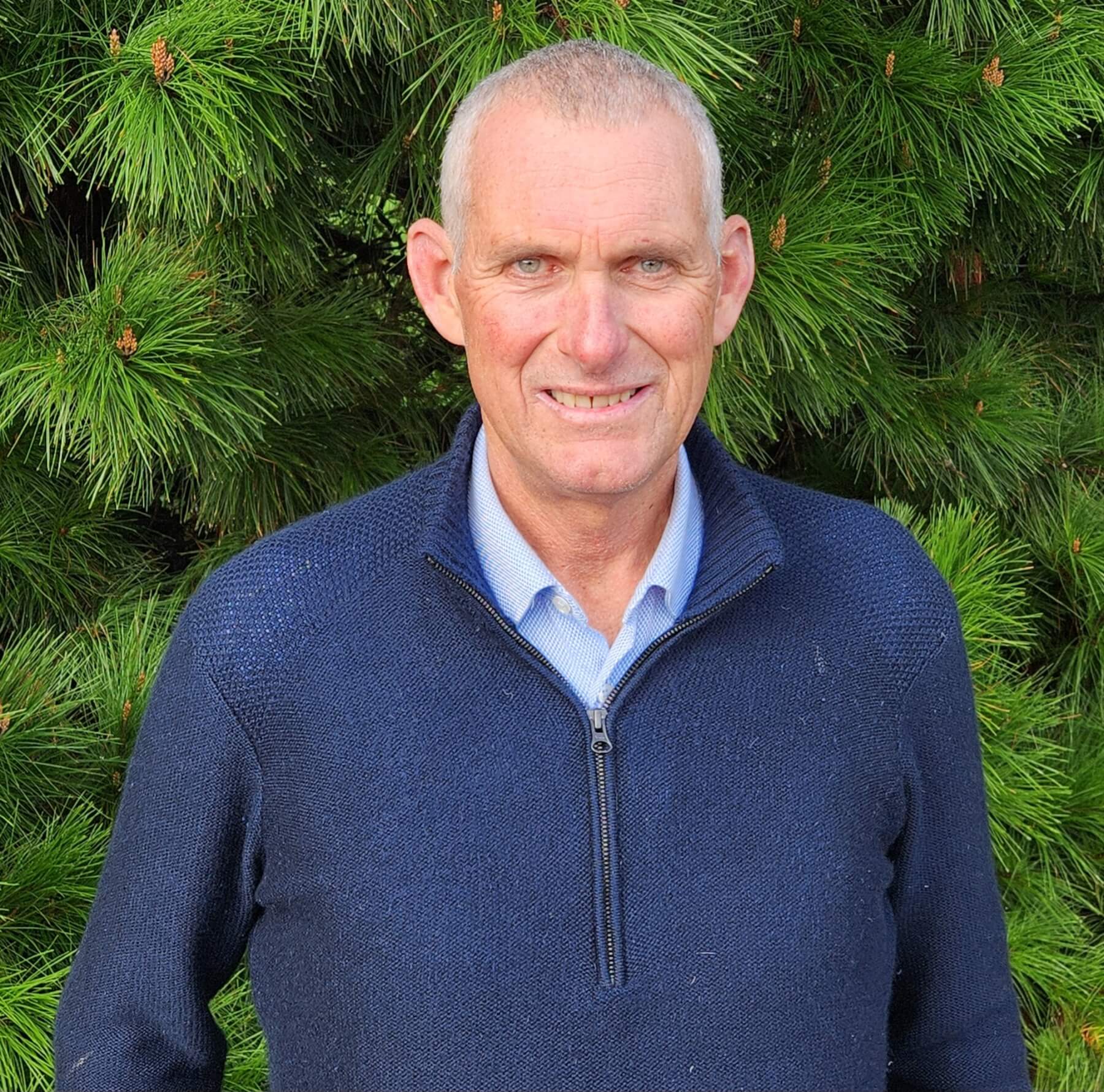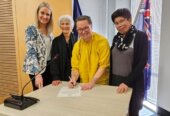
Cambridge ward

Philip Coles – 2025
Philip Coles – Cambridge Ward
1. Operational Deficits and Borrowing (maximum 100 words)
Waipā is currently running operational deficits over three years, which reduces the annual rates increase by around 4%. To fund this gap, the council is borrowing an average of $8 million per year.
a. Were you aware of this funding strategy?
b. Do you agree with the approach of borrowing to fund operational shortfalls as prudent rather than raising rates to fully fund current operations? Why or why not?
Keeping borrowing and rate increases at a sustainable level takes a huge amount of balancing and understanding of the economic environment at the time. The world and our own lives never run on a straight line, there are humps and bumps along the way. In recent years there has been inflation pressure and construction pricing demands internationally. The introduction of central government reforms play a portion of rate increase. Our core services and infrastructure are at a high level due to sound investment planning over many years which our stakeholders continue to benefit from.
2. Ahu Ake – Waipā Community Spatial Plan (maximum 100 words)
The council has adopted the “Ahu Ake – Waipā Community Spatial Plan” as a long-term vision to guide growth and infrastructure planning.
a. Do you support the direction and priorities set out in Ahu Ake?
b. Given that the plan proposes a number of costly studies how would you ensure that it remains relevant, affordable, and aligned with community needs over time?
Yes supportive with directive of Ahu Ake. The true success of Ahu Ake is where the community were closely involved from the very start during the development of this Community Spatial Plan. It’s paramount that we constantly review and see it continues to be relative in both the short term and long term environment.
3. Cambridge Connections (maximum 100 words)
The Cambridge Connections project reset proposes a transport network realignment and new infrastructure development around Cambridge, with potential long-term cost across the district and land use implications as well as extensive consultation.
a. Do you support the scale and scope of the Cambridge Connections project as currently proposed?
b. How should costs and impacts be managed to ensure fairness to ratepayers and affected communities?
Cambridge Connections in my view is the most important strategy project in the district currently. What needs to be developed is an additional river corridor. The community has been demanding this for some time now while looking at the whole transport network for the entire district with a view of the transiting large trucks passing to other parts of the country. Listening and working with community is paramount. It’s very clear the confidence of the community needs to be reinstated during this process. Both the current and future communities are very dependent on these very important outcomes and project.
4. Council Expenditure and Core Services (maximum 100 words)
a. In your view, is Waipā District Council currently limiting its spending to basic or essential services?
b. If elected, would you support a review of current expenditure with a view to reducing non-essential costs and/or staffing levels?
It is good practice that the direction you are heading is reviewed regularly and on track with the current climate and what the economists are signalling climate is heading. Core services are top priority and maintained at a high level and delivering service to the community but non essential services are important to other members of the community. It’s a true balancing act providing services and non essential opportunities for all members of the public creating true advantages for calling our district home
5. Urban Intensification and Tier 1 Status (maximum 50 words)
Waipā must now enable greater housing intensification and density under new rules.
What principles should guide where and how higher-density housing is developed?
With this central government direction, residents within housing density need to have access to reliable public transport plus proximity to recreational reserves. Good Urban design planning has to be paramount and well thought out. Car parking is another avenue that needs to be available for the residents.
6. Māori Ward Representation (maximum 50 words)
Waipā established a Māori ward to enhance Māori representation at the council table.
Do you support the continuation of the Māori ward beyond the current term?
Yes, our current Maori councillor is representing the constituency powerfully. The councillor’s ward is made up of the whole Waipa district, the balance of the wards within district have multiple councillors representatives. The experience within Waipa may not be the same experience throughout country but our Maori Ward councillor is delivering and value for money.
7. Community Boards (maximum 50 words)
Do you believe community boards effectively represent community views and provide valuable advice to council? Would you support any changes to their role or powers?
The community boards in our district have been a great success for many years. They are strong advocates for the community and there is a opportunity for the public to speak and be heard at each monthly meeting, very supportive.
8. Te Ara Wai (maximum 50 words)
What do you think the council should do with the old Bunnings building in Te Awamutu, which it bought to house Te Ara Wai Museum?
In my view like many people in the community and some elected members, the building should either be sold and or have a long term tenant occupy the Bunnings Building giving options for the future. Having it empty is a poor option and investment for Waipa ratepayers.
9. Future of Lake Karāpiro Domain (maximum 50 words)
Lake Karāpiro Domain is often referred to as Waipā’s “jewel in the crown”. The site is currently being reviewed under the Reserves Act 1977, and future options may include increased commercial development such as hotel or motel accommodation.
Hamilton City Council now charges outsiders to visit the Gardens, should Waipā do something similar at Karāpiro?
Do you support further commercial development at Lake Karāpiro Domain and/or a visitors’ levy?
We are so blessed to have a number of great recreational and exhibitor facilities with the Waipa. Lake Karapiro Domain has a strong international first class reputation, in favour for further commercial development when appropriate and affordable. I don’t support visitor levy.
10. Finally, what is your vision for the Waipā district? (maximum 250 words)
Our region is an incredibly special place to call home creating a incredible place to thrive with our families and business life. We have many gems. Maungatautari Mountain is very unique asset, to have the largest inland island in the world in our backyard needs to be supported in the future. All our natural lakes and attractions need to be maintained and monitored so they continue to be stunning areas for our community and visitors to utilise for their recreational pleasure, there is a cost to deliver this.
Regarding on ramps at the southern end of the expressway, we all as individuals and collectively need to continue highlighting this as a top priority and focus to NZTA. Cycling networks created in our region and throughout the country are proving to be benefiting both economically for the regions and there are many health and social benefits. Pirongia section can be done in stages. The first stage to Lake Ngaroto from Te Awamutu along the railway can be easily started without being a huge expense.
Regarding a Cambridge Library Hub it amazing to see how the demand of books has continued to increase with the introduction of electronic books. It’s clear we have outgrown the current Cambridge Library. But it’s no different to any other large investment projects. We have to be able to afford to undertake the project within the current climate of time. This is where long term planning and budgeting are paramount.








